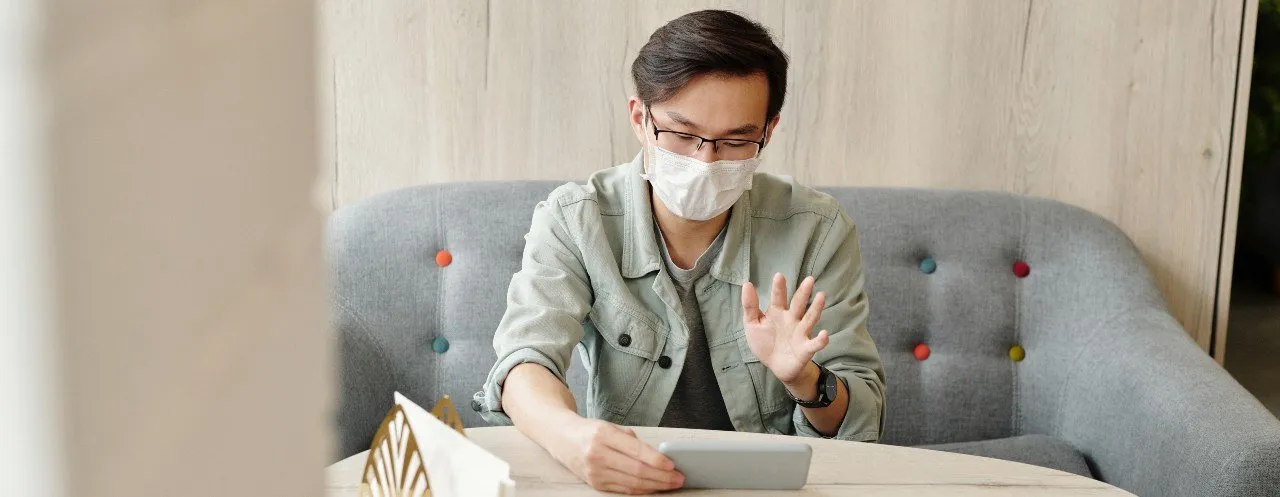Much of the world hit pause when COVID-19 began spreading in early 2020. Unfortunately, even as medical professionals, many dental offices had to temporarily close their doors to their patients. As a new normal became evident, some offices have been able to reopen with precautions in place to protect staff and patients. However, not all practices have been so lucky. Many have closed down for good and others still sit by, waiting and hoping for their chance to get back into business.
Precautionary Measures
Due to the innate close proximity that occurs during dental work, there is an increased risk for both staff and patients of transmitting the disease. This has led to temperature checks, pre-visit screens, and countless other measures taken by offices in hopes of returning back to their normal work flow. On the dentist side, unfortunately standard surgical facemasks are not effective at preventing the spread of submicron particles like that of COVID-19. The top concern for dental professionals coming back to work is whether or not they will have adequate PPE so that they can go home to their families safely, knowing that they were protected. Therefore, most providers have transitioned to wearing plastic face shields, N95 masks, and goggles. All of these can prevent the spread but can be uncomfortable and intrusive when wearing for the entire day.
The Dental Office Reimagined
In addition to personal protective equipment, some offices have had to rethink their layout. As the virus has proven to be transmitted via aerosol particles, the air flow and ventilation of a dental practice can also be important. Some practices are not adapting properly to the necessary changes and dental assistants as well as hygienists are unhappy. No one wants to be forced to work in an unsafe environment. If you are finding yourself in this situation, don’t be afraid to look around for other openings. Some practices are expanding and actively looking to add to their team.

Expect a Changing Workforce
When it comes to the workers in the dental office, many people are hesitant to come back to work. During the early stages of the shutdown, many practice members were furloughed. Now as offices start to open back up, there has been an increase in open positions. However, some workers believe that they should be paid more due to the increased health risk which has led to some tension. Many practices are still trying to recover from the several months of no income at all. This has led some previous employees to look elsewhere for work. While this is unfortunate, a new market for people straight out of school or those with little experience has arisen.
Managing Health Disparities
While things are changing within dental offices, there have also been some changes with the patient base as well. Similar to other statistics, coronavirus has sadly increased the disparities of oral health between socioeconomic classes. Minority and poor populations have significantly less access to proper oral health care. Without insurance, these populations are unable to pay for proper care out of pocket. Even before the pandemic, there were statistically more instances of tooth decay and oral cancer among these groups. For many, they must choose between their health and putting food on the table. In addition to limited access, going into public spaces, including the dental office, has become a dangerous activity for many people who are at increased risk of infection. This has led to significant developments in a relatively new field: telemedicine.

The Increasing Need for Teledentistry
Unlike some other medical fields, dental can not easily be transitioned to virtual. First of all, it is basically impossible for us or a dentist to see clearly inside our mouth over something like Zoom. Additionally, almost every service a dental office provides requires specific tools, and more importantly are very hands on. However, due to the pressure to maintain business, there has been progress in the success of teledentistry as practices have been forced to adapt. This can have implications even after COVID as it may provide a cheaper and more readily accessible alternative for underserved communities. While some dentists may be reluctant to try teledentistry, it can be beneficial for everyone moving forward. At the very least many offices have begun incorporating virtual triaging so that patients do not enter the office until they are ready to be seen. Don’t think of being asked to wait outside as rude as it helps keep everyone safer so that the dentist can provide better care.
Everyone is adapting to a new normal and that includes the dental field. After several months of being closed down, offices are slowly coming back but facing many challenges. The workforce is shifting and precautions are becoming standard. It is important to be open to changes so that practices can continue to provide care for as many people as possible.


